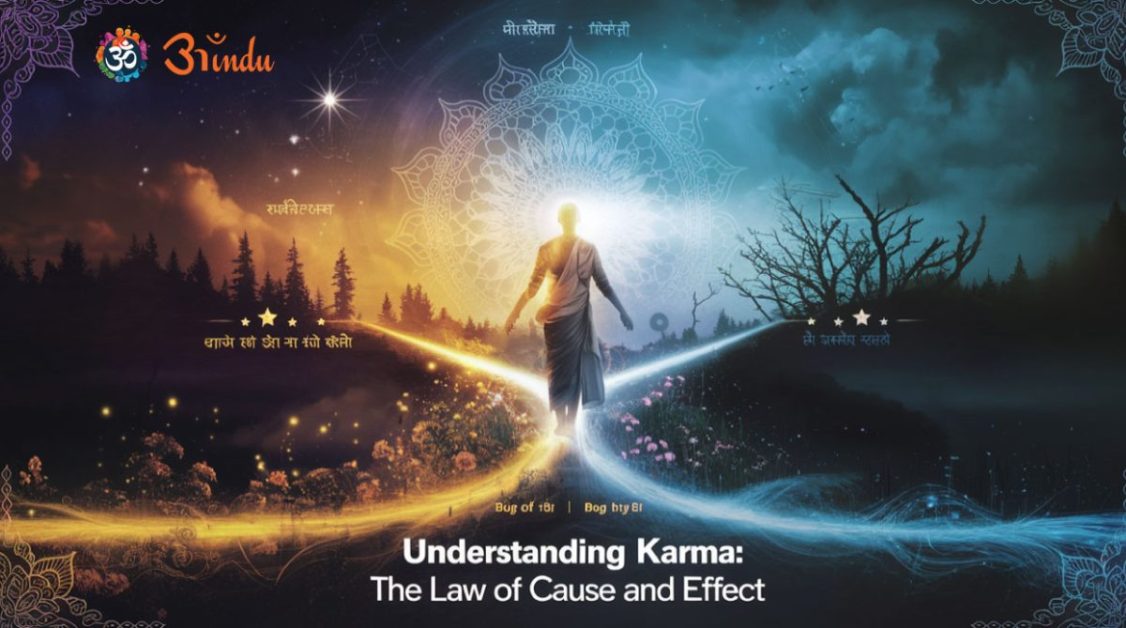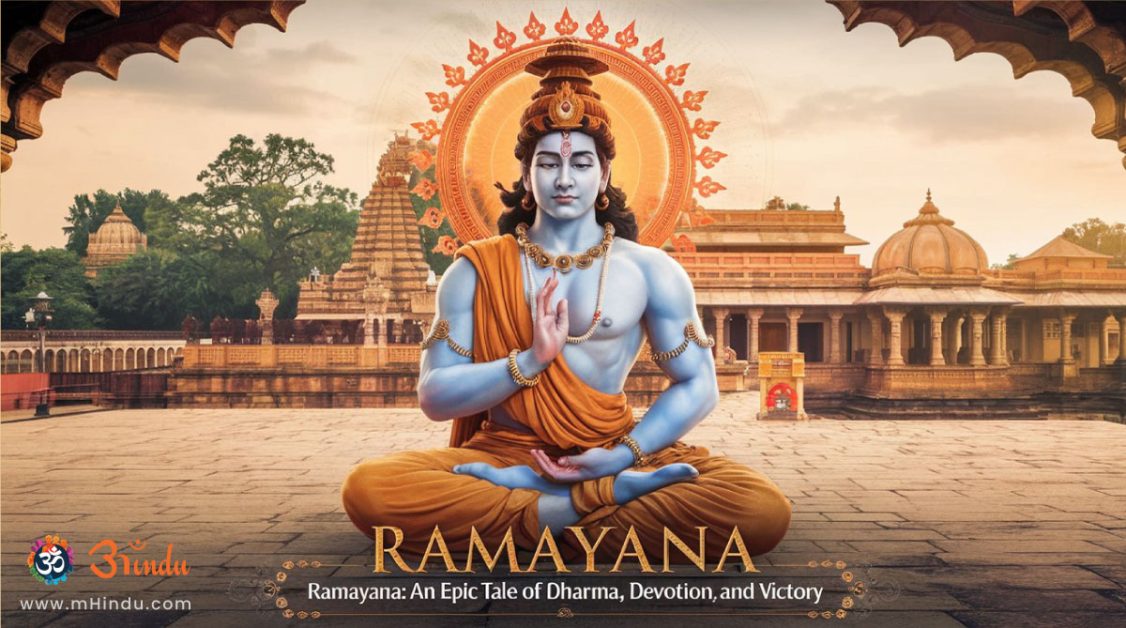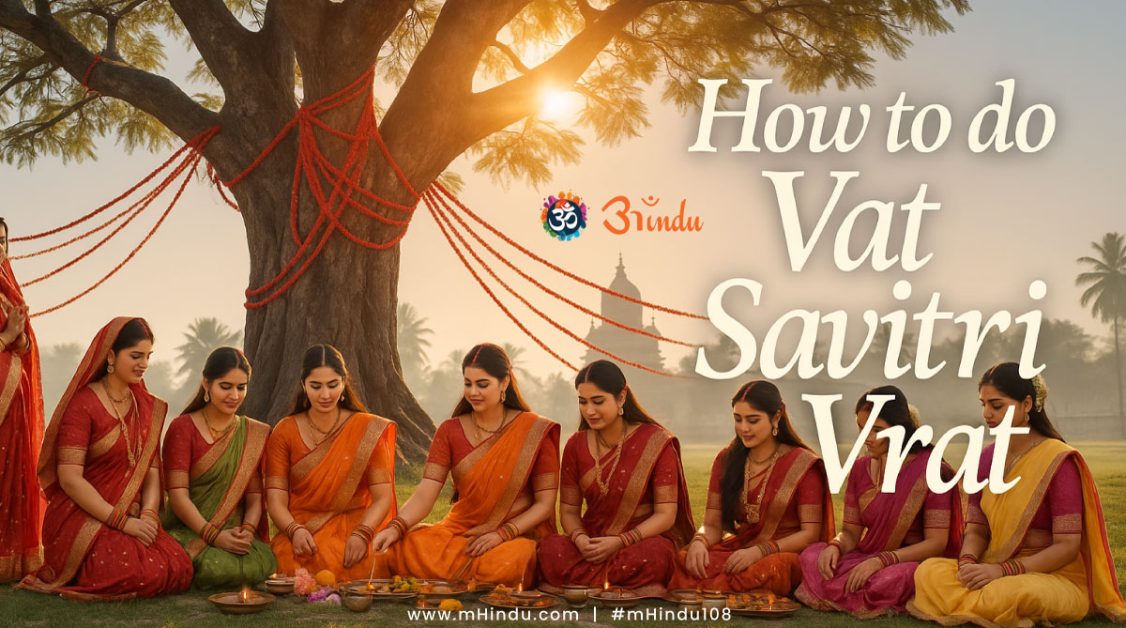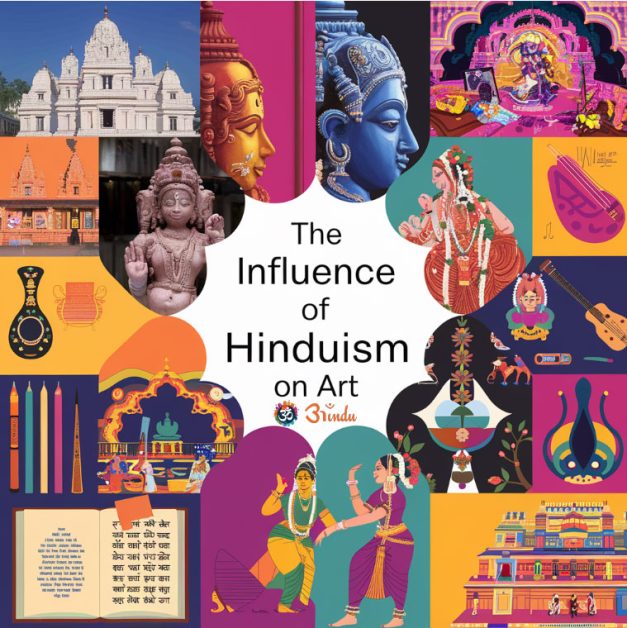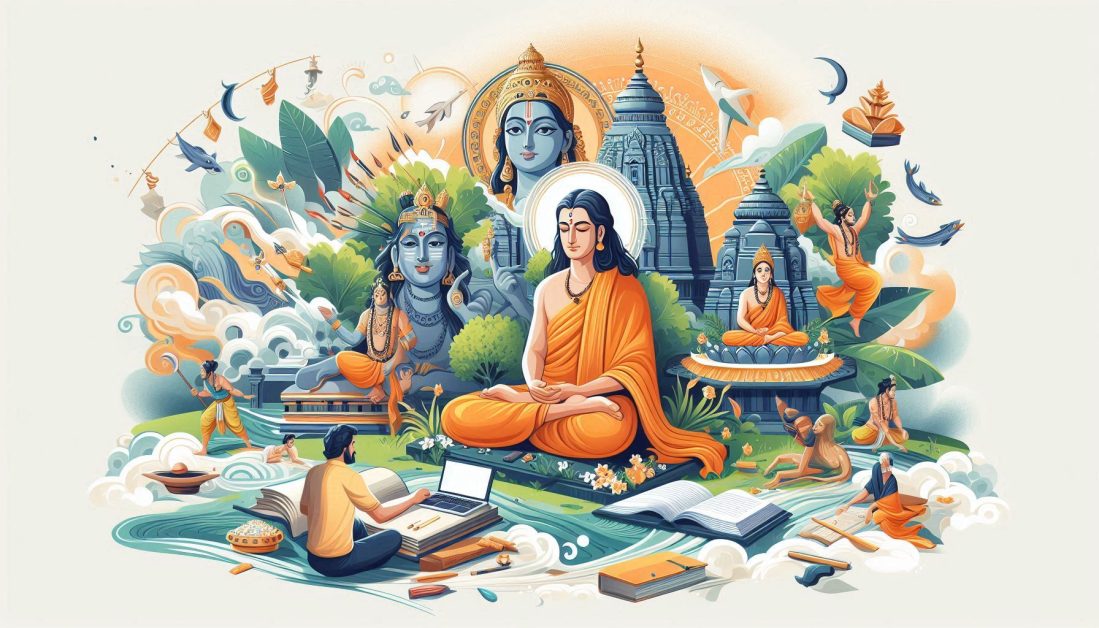
Sanatan Dharma, often translated as “eternal duty” or “eternal religion,” refers to a spiritual philosophy deeply rooted in the Indian subcontinent. This blog explores the meaning of Sanatan Dharma, its historical context, and the question of its founder while delving into its key beliefs and practices.
Explore Blog Content
ToggleUnderstanding the Meaning of Sanatan Dharma
At its core, the meaning of Sanatan Dharma emphasizes eternal truths and universal principles that govern the moral and ethical conduct of individuals. It is more than just a religion; it is a comprehensive worldview that provides guidance on how to live a righteous life. The term “Sanatan” signifies that these truths are timeless and applicable to all beings across different eras.
Key concepts within Sanatan Dharma include:
-
- Dharma: This principle encompasses righteousness and moral duty. It serves as the foundation for ethical behavior and social responsibility, encouraging individuals to act justly and uphold the truth.
- Karma: The concept of karma revolves around the idea that every action has consequences. Good actions lead to positive outcomes, while negative actions result in adverse effects. This principle encourages individuals to live with awareness and responsibility.
- Moksha: Moksha refers to liberation from the cycle of birth, death, and rebirth (samsara). It represents the ultimate goal of human life in Sanatan Dharma, where individuals seek spiritual enlightenment and unity with the divine.
“Arise! Awake! and stop not until the goal is reached.Swami Vivekananda
Strength is life, weakness is death.
Expansion is life, contraction is death.
Love is life, hatred is death.
All that is good and great is the result of love, and all that is evil is the result of hatred.”
The Historical Journey of Sanatan Dharma
The history of Sanatan Dharma can be traced back to the ancient Indus Valley Civilization, which flourished around 2500 BCE. This period laid the groundwork for many spiritual and cultural practices that would evolve over time. The early texts known as the Vedas, which emerged during the Vedic period, form the foundational scriptures of Sanatan Dharma.
Early Texts and Teachings
The Vedas encompass hymns, rituals, and philosophical discourses that provide insights into the spiritual beliefs of ancient India.
These texts consist of four main collections:
- Rigveda: Contains hymns dedicated to various deities.
- Samaveda: Focuses on melodies and chants for rituals.
- Yajurveda: Provides instructions for rituals and sacrifices.
- Atharvaveda: Includes spells, charms, and philosophical reflections.
Over the centuries, Sanatan Dharma evolved and absorbed influences from various cultures and religions, adapting to changing societal contexts. Significant philosophical schools, such as Vedanta, Samkhya, and Yoga, emerged during this time, enriching the tradition and allowing for diverse interpretations and practices.
The Role of Epics and Philosophy
The great epics, the Mahabharata and Ramayana, play a crucial role in the historical narrative of Sanatan Dharma. These texts illustrate moral dilemmas and the significance of dharma in everyday life. The characters within these stories embody the principles of righteousness, courage, and sacrifice, providing relatable examples for followers.
Prominent figures in the development of Sanatan Dharma include influential sages and philosophers such as Adi Shankaracharya and Ramanuja. Their teachings emphasized the importance of understanding the self and realizing one’s connection to the divine.
Who is the Founder of Sanatan Dharma?
One of the unique aspects of Sanatan Dharma is the absence of a singular founder. Unlike many religions that can trace their origins to a specific individual, Sanatan Dharma represents a collective spiritual heritage that has developed over thousands of years. This organic tradition has been continuously refined by countless sages, philosophers, and practitioners.
Influence of Great Saints
While there may not be a designated founder, numerous influential figures have shaped the philosophical landscape of Sanatan Dharma. Saints like Buddha and Mahavira made significant contributions by promoting ideals of compassion, non-violence, and self-realization. Their teachings resonate with the core principles of Sanatan Dharma, encouraging followers to seek a deeper understanding of their existence.
Practices Within Sanatan Dharma
Sanatan Dharma encompasses a rich array of practices that vary among its followers. These practices can include rituals, meditation, yoga, and various forms of worship.
Rituals and Worship
Rituals play an important role in the lives of those who follow Sanatan Dharma. They serve as a means of connecting with the divine and expressing devotion. Common rituals include:
-
- Puja: A form of worship involving offerings to deities, typically performed at home or in temples.
- Yajna: A fire sacrifice performed to invoke divine blessings and promote harmony in the universe.
- Festivals: Celebrations like Diwali and Holi mark significant events and honor deities, fostering community spirit and reinforcing cultural values.
Meditation and Yoga
Meditation and yoga are integral practices within Sanatan Dharma that promote self-awareness and spiritual growth. These disciplines encourage practitioners to explore their inner selves, cultivate mindfulness, and achieve a deeper connection with the divine.
Conclusion
In summary, Sanatan Dharma embodies a rich tapestry of spiritual wisdom and ethical principles that have evolved over millennia. The meaning of Sanatan Dharma reflects its commitment to eternal truths and duties that resonate with individuals seeking a deeper understanding of life and existence.
The history of Sanatan Dharma reveals its adaptability and resilience, allowing it to thrive in diverse cultural contexts. The absence of a singular founder underscores its organic nature, as it continues to inspire millions around the world today. Through rituals, philosophical inquiry, and personal reflection, Sanatan Dharma remains a guiding force for those who seek to live a life aligned with universal principles of truth and righteousness.
As we continue to explore the depths of Sanatan Dharma, it is vital to recognize its significance in promoting harmony, understanding, and spiritual growth in our increasingly interconnected world. This ancient tradition continues to provide valuable insights into the nature of existence and our responsibilities as individuals within the greater cosmos.
FAQs:
- What is the core meaning of Sanatan Dharma?
Sanatan Dharma emphasizes eternal truths and universal principles that guide moral and ethical conduct. It’s a comprehensive worldview, not just a religion, focused on living a righteous life and achieving spiritual liberation. - Is there a specific founder of Sanatan Dharma?
No, Sanatan Dharma does not have a single founder. It has evolved organically over thousands of years, shaped by countless sages, philosophers, and practitioners. This collective spiritual heritage is what makes it unique. - What are the key concepts within Sanatan Dharma?
Key concepts include Dharma (righteous duty), Karma (action and consequence), and Moksha (liberation from the cycle of birth and death). These principles guide ethical behavior and spiritual growth. - How far back does the history of Sanatan Dharma go?
The history of Sanatan Dharma can be traced back to the ancient Indus Valley Civilization around 2500 BCE. The Vedic period, with the emergence of the Vedas, further solidified its foundations. - What are the Vedas, and what is their significance?
The Vedas are the foundational scriptures of Sanatan Dharma, consisting of four main collections: Rigveda, Samaveda, Yajurveda, and Atharvaveda. They contain hymns, rituals, and philosophical discourses that provide insights into ancient Indian spiritual beliefs. - What role do epics like the Mahabharata and Ramayana play in Sanatan Dharma?
The Mahabharata and Ramayana are crucial in illustrating moral dilemmas and the importance of dharma in everyday life. Their characters embody principles of righteousness, courage, and sacrifice, providing relatable examples for followers. - What are some common practices within Sanatan Dharma?
Common practices include rituals like Puja and Yajna, celebrating festivals like Diwali and Holi, and engaging in meditation and yoga for self-awareness and spiritual growth. - How does Sanatan Dharma remain relevant in the modern world?
Sanatan Dharma’s emphasis on eternal truths, ethical living, and spiritual growth continues to resonate. Its adaptability and focus on personal reflection allow it to provide valuable insights for navigating contemporary challenges and promoting harmony in an interconnected world.

